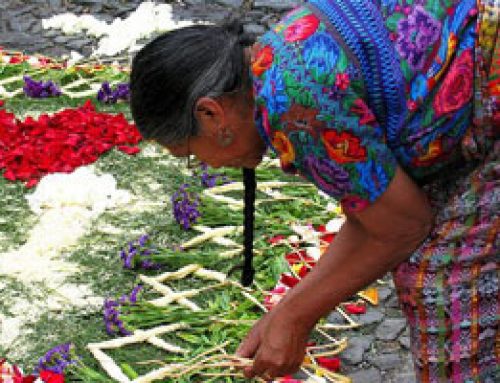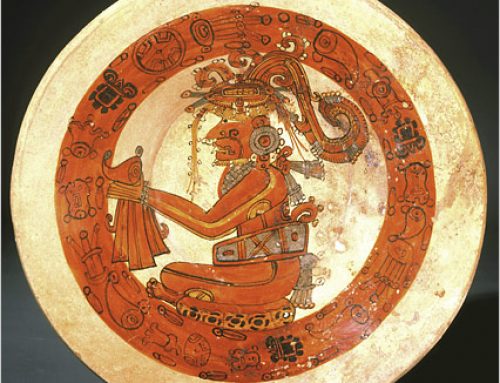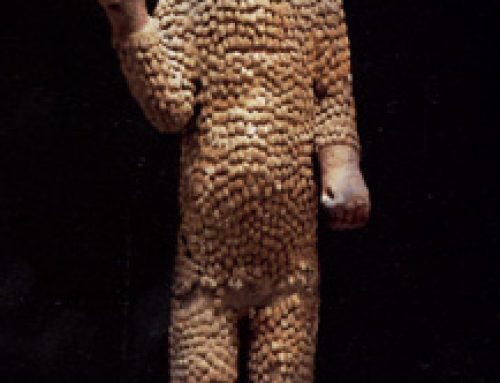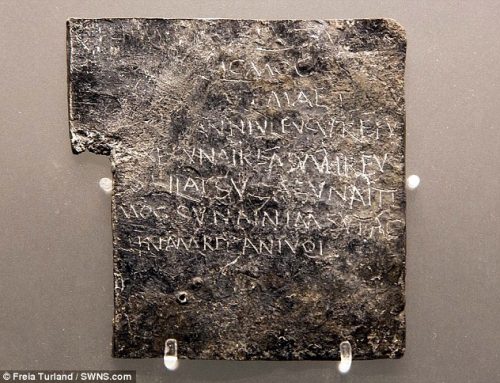
Sacrificial procession (Pitsa, ca. 530 BC)
People probably began to do animal sacrifice around the time they began farming and keeping domesticated animals, about 10,000 BC. They were certainly sacrificing animals to their gods all over Europe and Asia by 3000 BC. That’s when we first have paintings and carvings and written stories about it. For seven thousand years or so, animal sacrifice seemed really basic to people’s relationship with their gods. Do ut des, the Romans said: I give so that you will give.
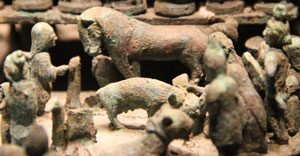
Han dynasty animal sacrifice (ca. 200 BC-200 AD)
And yet, sometime around the time that the first big empires were forming, about 500 BC, animal sacrifice slowly went out of fashion all over Europe and Asia. By 500 AD, a thousand years later, nobody killed animals for their gods anymore, except on special occasions. What changed?
One possibility is that once people were living in big empires, their rulers and the court seemed so powerful, so remote and far away, that it wasn’t possible to ask them personally for favors anymore. Living in a city-state, you knew your leaders personally. You could go to them when you were hungry, or sick, and ask for help. So people treated their gods the same way. But once the empires were too big for that, people’s view of their gods changed too. They didn’t think they could exchange favors with their gods anymore.

A Roman incense sacrifice
Nobody knows for sure where this idea got started: maybe with the Persian Empire (the first big empire), and Zoroastrianism. By 500 BC, new Taoist ideas in China rejected animal sacrifice, and about the same time, Buddhism and Jainism in India also rejected sacrifice (and meat-eating in general). Even the older religion of Hinduism shifted its emphasis away from animal sacrifice by the 300s BC.
Further west, these ideas took longer to arrive, probably because there weren’t any big empires there yet. Still by the 400s BC, Plato sees the Greek gods more as abstract ideas than as greedy for animal sacrifice. By the time Christianity got going, in the 100s AD, people said that Jesus sacrificed himself on the cross as the ultimate sacrifice, so nobody would have to sacrifice animals anymore.

An early crucifixion: Jesus is on the cross, but Judas has hanged himself in shame. About 420 AD (The Maskell Ivories, British Museum)
Judaism, after first restricting animal sacrifice just to the Temple in Jerusalem, and only for special occasions like Passover, gave it up pretty much completely when the Romans tore down the Temple in 70 AD. The Romans themselves had mostly given up animal sacrifice by this time too: when they’re making people sacrifice to prove they’re not Christians, what they mean is dropping some incense into a candle flame, not killing chickens. By the time of the fall of Rome, the Christian emperors were making animal sacrifice illegal. And when Islam got started in the 600s AD, Mohammed didn’t include sacrifice as one of the five pillars of his new faith.
Animal sacrifice didn’t stop entirely. In parts of the world without big empires – Africa, Southeast Asia, the Americas – animal sacrifice continued, and in some places still continues today. Some Jews, still today, kill a chicken before Yom Kippur. Some Christians still kill and roast a lamb for Easter, or for saints‘ days. Most Muslims sacrifice a lamb on special occasions. There are some Hindu temples where goats and chickens are killed, or even water buffalo. And in China, some worshippers still sacrifice chickens, goats, fish, or pigs. But for the most part, animal sacrifice stopped when big empires got started.
